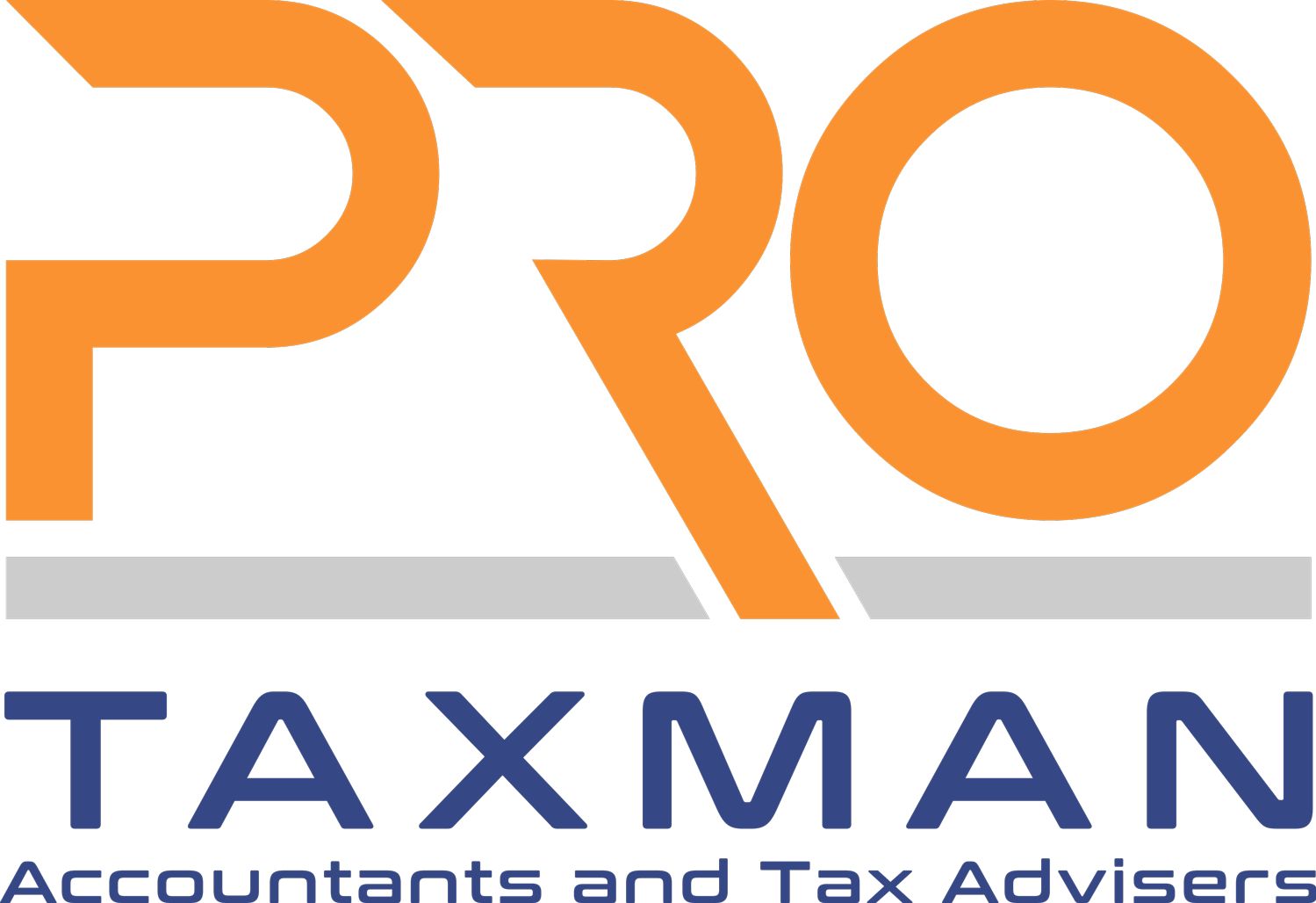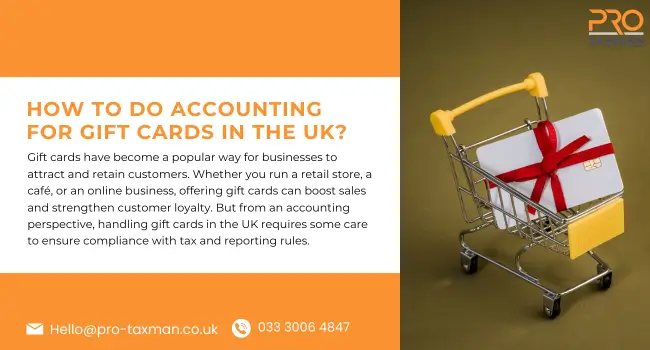Gift cards have become a popular way for businesses to attract and retain customers. Whether you run a retail store, a café, or an online business, offering gift cards can boost sales and strengthen customer loyalty. But from an accounting perspective, handling gift cards in the UK requires some care to ensure compliance with tax and reporting rules.
In this guide, we’ll break down how to record gift cards in your accounts, when to recognise revenue, and what to do if cards go unused.
1. Gift Cards Are Not Revenue Until Redeemed
When a customer buys a gift card, the payment you receive isn’t treated as sales income straight away. Instead, it is a liability (sometimes called “deferred revenue” or “unearned income”).
That’s because you still owe the customer goods or services in exchange for that gift card.
Example:
- A customer buys a £50 gift card.
- You record £50 as cash received.
- At the same time, you record £50 as a liability (Gift Card Liability account).
2. Recording Redemption of Gift Cards
When the gift card is redeemed, that’s when you record it as sales revenue.
Example:
- The customer spends £30 using the gift card.
- You reduce the Gift Card Liability by £30.
- You record £30 as sales income.
- The remaining £20 stays in the liability account until it’s used.
3. Expired or Unused Gift Cards
Not all gift cards get redeemed. In the UK, many businesses set expiry dates (e.g. 12 or 24 months). If a gift card expires or is unlikely to be redeemed, you can transfer the unused balance from the liability account to revenue.
Example:
- A £10 unredeemed balance expires.
- You reduce the liability by £10.
- You record £10 as income.
4. VAT Treatment of Gift Cards
VAT rules for gift cards in the UK depend on whether they are Single-Purpose Vouchers (SPVs) or Multi-Purpose Vouchers (MPVs):
- Single-Purpose Vouchers (SPVs): VAT is charged upfront when the gift card is sold (e.g. if it can only be spent on standard-rated goods).
- Multi-Purpose Vouchers (MPVs): VAT is only charged when the gift card is redeemed, because the VAT liability depends on what the customer buys.
Getting this right is crucial to avoid HMRC issues.
5. Best Practices for Accounting Gift Cards
- Use accounting software (like Xero, QuickBooks, or Sage) to track liabilities and redemptions accurately.
- Keep clear records of expiry dates, outstanding balances, and redemptions.
- Disclose gift card liabilities properly in your financial statements.
- Consult your accountant if unsure about VAT categorisation.
FAQs on Gift Card Accounting
Q1: Are gift cards revenue or liabilities?
Gift cards are liabilities until they are redeemed. Only when a customer uses the gift card do they become revenue.
Q2: How to journal gift cards?
- When sold: Debit Cash / Credit Gift Card Liability.
- When redeemed: Debit Gift Card Liability / Credit Sales Revenue.
Q3: How to categorise gift cards in QuickBooks?
In QuickBooks, you can set up a liability account called “Gift Card Liability” and record all sales of gift cards under it. When the card is redeemed, move the amount into the appropriate income account.
Q4: Which paper is used for a gift card?
Most physical gift cards are printed on PVC plastic or high-quality coated cardstock, depending on whether you want reusable, magnetic stripe cards or simple paper vouchers.
Q5: Are gift cards credit or debit?
Gift cards are neither credit nor debit cards. They are considered prepaid stored-value cards that draw down from the balance until it reaches zero.
Final Thoughts
Gift cards are a great tool for boosting cash flow and customer loyalty, but they come with accounting responsibilities. Remember: gift card sales are not revenue until redeemed (except in the case of some single-purpose vouchers). Need help with setting up gift card accounting or VAT compliance? Get in touch with our expert accounting team today!

